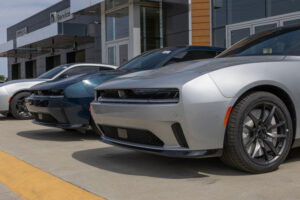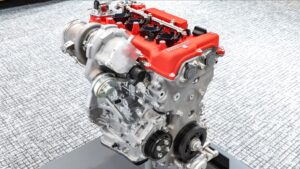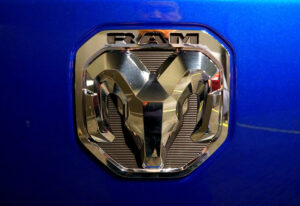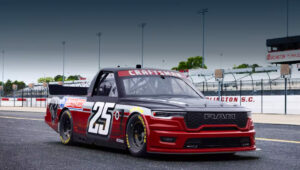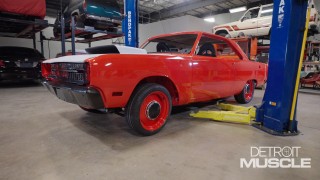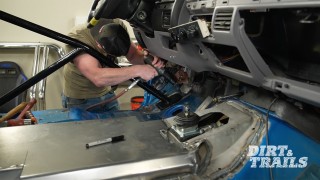Stellantis Hits the Brakes on EVs, Brings Back Internal Combustion Power for Charger
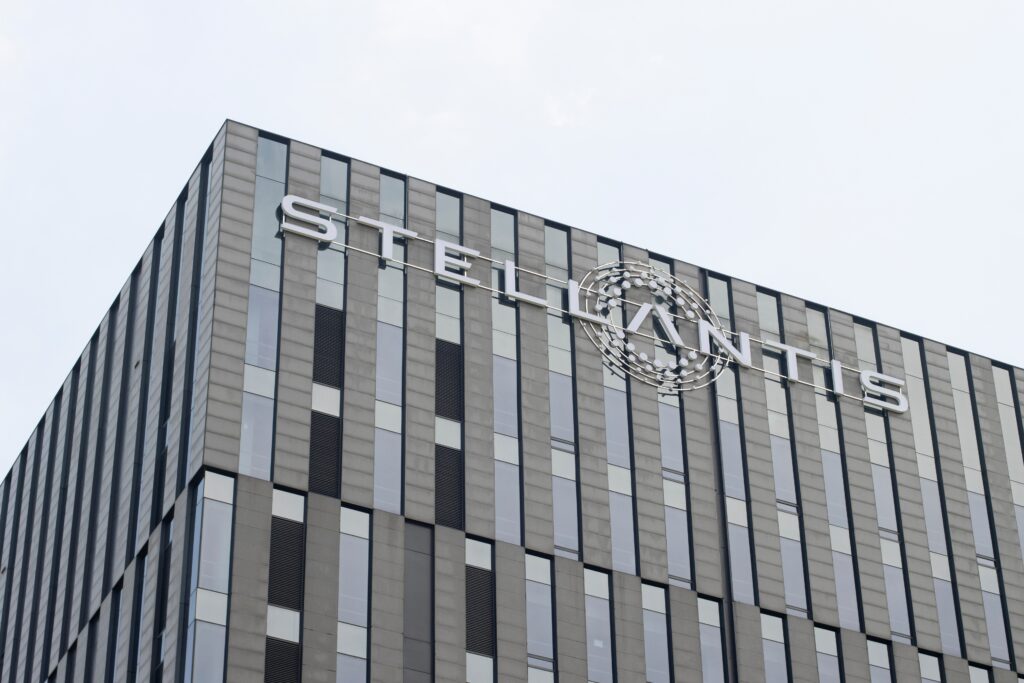
In a move that’s bound to make muscle car fans smile, Stellantis is shifting gears and bringing internal combustion engines (ICE) back to the Dodge Charger. The automotive giant, which had previously put all its chips on electric vehicles (EVs), is now rethinking its strategy and reviving the rumble that made these cars legends. And if that’s not enough to get your engine revving, the decision is also set to create thousands of new jobs in the process.
Table of Contents
Why the Sudden Change at Stellantis?
Stellantis’ pivot comes as market trends and consumer demand indicate that America isn’t quite ready to let go of its beloved gas-powered muscle cars. While EVs are gaining traction, the passion for the sound, feel, and raw power of traditional V8s and turbocharged six-cylinders still runs deep. Feedback from the loyal Dodge community played a crucial role in this decision, with many enthusiasts expressing concerns about losing the heart and soul of their favorite rides.
What This Means for the Charger and Challenger
The return of ICE means that upcoming versions of the Dodge Charger and Challenger will once again pack serious heat under the hood. Expect to see the return of powerful HEMI V8s and perhaps some modernized inline-six turbo options. While Dodge had teased electric versions of these iconic nameplates, the latest reports suggest that internal combustion will remain an option for those who crave the growl and performance that made the Challenger and Charger household names.
On the design front, Dodge is rumored to blend classic muscle car styling with modern performance tech, ensuring that these models not only perform but also look the part. Whether it’s aggressive widebody kits, functional hood scoops, or retro-inspired interiors, the upcoming models promise to be a hit with both old-school gearheads and new-generation muscle car fans.
Jobs on the Rise
Stellantis’ decision isn’t just good news for enthusiasts; it’s also a big win for the job market. The automaker is planning to ramp up production at its North American plants, with estimates suggesting thousands of new jobs will be created to meet the demand for the returning ICE-powered models. This move not only secures the future of Stellantis’ workforce but also injects new life into local economies reliant on automotive manufacturing.
Production facilities in Detroit and surrounding areas will see an uptick in hiring, training, and expansion as the company shifts focus. From assembly line workers to engineers and designers, the muscle car revival is creating opportunities across the board.
What About Electric Vehicles?
While Dodge isn’t abandoning EVs altogether, development is reportedly taking a backseat—for now. The company still sees electric power as a vital part of its future strategy, but it’s opting to take a more measured approach. Expect to see hybrid options or electrified performance models down the line, but for now, it’s all about keeping the muscle car tradition alive.
Many experts believe this pause allows Stellantis to reassess battery technology, infrastructure challenges, and customer readiness before making a full-scale shift to electric. With the performance EV market still in its infancy, Dodge appears to be playing it smart by sticking to what it knows best—building brutally fast, loud, and exciting cars.
Looking Ahead
For Dodge fans, this announcement is nothing short of a dream come true. The return of internal combustion in the Charger and Challenger ensures that the legacy of American muscle cars lives on, at least for the foreseeable future. Whether you’re a die-hard HEMI fan or just someone who loves the roar of a powerful engine, the future looks bright—and loud.
